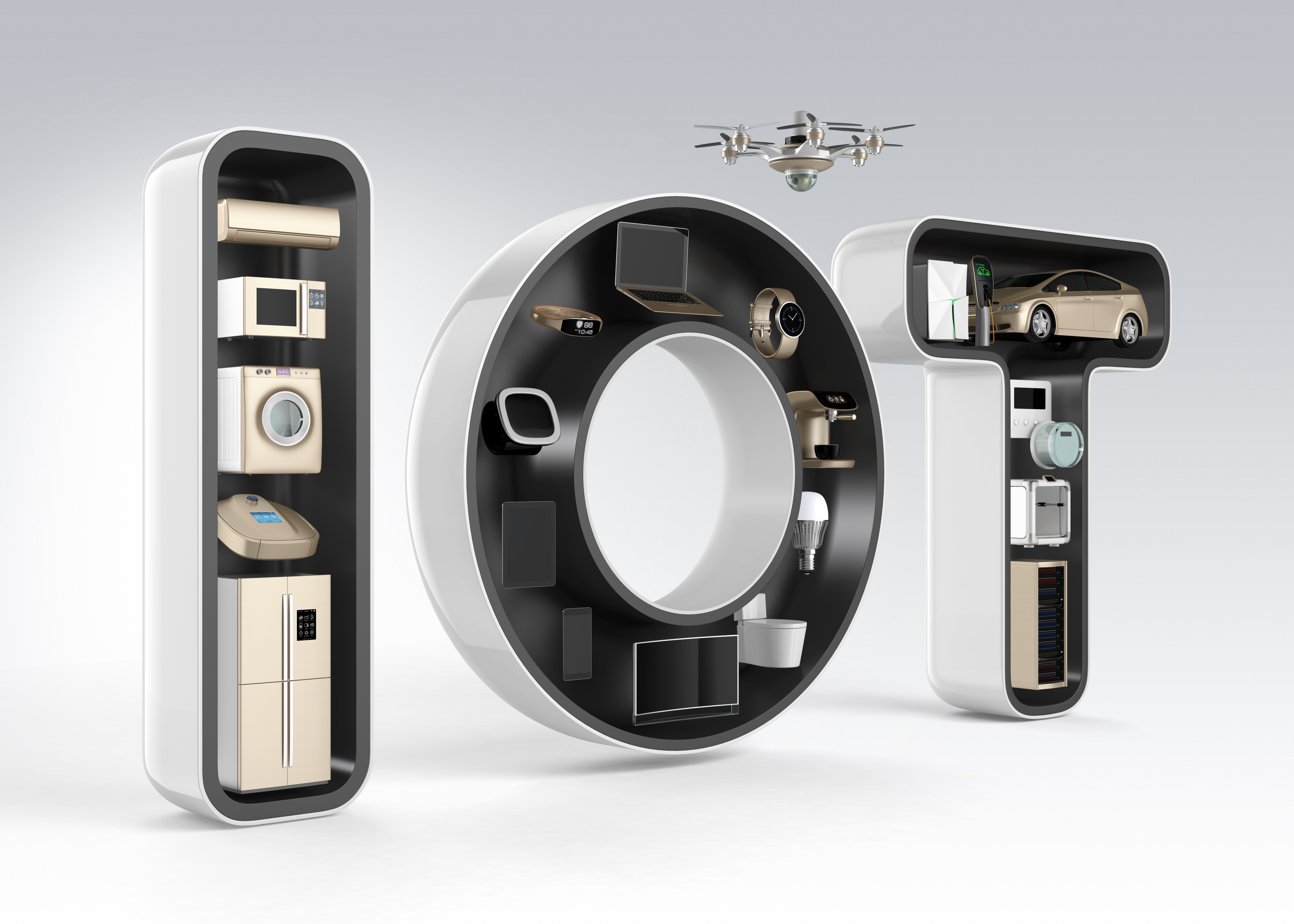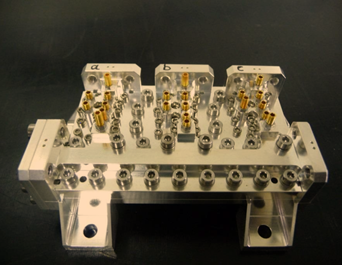
The use of dielectric materials in sensors for a multitude of applications such as self-driving cars has made dielectric science and technology research even more significant than before, according to Professor Durga Misra, New Jersey Institute of Technology.
Now TESAT, under ESA’s ARTES Competitiveness & Growth programme have applied dielectric technology to channel filters, successfully developing and testing 30GHz Dielectric Channel Filters and a multiplexer.
The team’s aim was to replace waveguide technology with dielectric technology, by developing hardware that offers a similar electrical performance.
“This fits a general trend we’re seeing in the targeted Ka-band uplink frequency (30 GHz) of passive equipment for low-power operation,” says Christoph Ernst, Technical Officer of the project at ESA. “The technology standard is shifting more and more from bulky waveguide technology to smaller dielectric material based technology”.
Reducing mass and footprint
With ESA’s support, bandpass filters and an input multiplexer operating in the 30 GHz Ka-band uplink (where demand is currently met with filters using conventional waveguide technology) were developed.
“High performance channel filters are crucial components in a satellite communications payload, as they enable multiplexing and de-multiplexing functionality. The flip side is that they have a heavy impact on overall mass and volume but also pose assembly challenges.
In comparison dielectric filters demonstrates a significant mass saving and can significantly reduce the complexity of assemblies… Here we are looking at hardware that is lightweight and at the same time maintains critical radio frequency performance.” Christoph Ernst, Technical Officer, ESA.
The team was confident that the dielectric technology would also offer a more standardised layout, facilitating design flow and integration on the satellite panel on the customer side. 
There are other compelling advantages with the dielectric approach. The new channel filters have assemblies for which certain criteria (mass/volume figures and port locations, for example) are readily available at the outset of the project. For assemblies based on waveguide filters these numbers are defined much later, after having been through a series of electrical and mechanical design and analyses.
“Thanks to this project we’ve managed to transfer these advantages to the Ka band uplink range, where there is increasing demand for such filter assemblies,” says Tobias Kässer, project lead from TESAT.
30GHz filters also typically have very small dimensions and a related sensitivity to material properties. This has traditionally meant that a lot of resources have been devoted to the simulation of dielectric filter structures. With the new implementation methodology, it is now feasible to develop a full-size filter and multiplexer in a reasonably short time frame – without sacrificing quality.
Breadboarding ‘bites the dust’
More importantly, the dielectric approach can now be applied to lower frequencies, where it replaces the old approach of ‘breadboarding’ for many months. With breadboarding, dielectric filters could typically only be employed in a programme when a heritage filter with the correct radio frequency performance was already available, or when the need for such a filter was anticipated and breadboarding was started well in advance of the project.
“With the new methodology the filter performance can be optimised in a decent time frame and reliable performance values can be predicted. This even applies to filters which differ from their predecessor in terms of number of resonators!” says Kässer.
TESAT feels that this particular project deserves a ‘special mention’ as these aspects significantly expand the dielectric filter’s capability to hitherto unattainable applications.
“The benefits of the ESA support extend much beyond this just transferring known advantages to yet another frequency range,” continues Kässer. “With the experience gained, breadboard hardware has become obsolete, and the customer is spared from performance ‘surprises’.”
The project has shown that dielectric filter technology – with its inherent advantages in terms of mass and volume – has significantly expanded its range of application in all frequency bands, and shown itself to be competitive and superior to current solutions.
“As state-of-the-art for low power application, dielectric filter technology is now first choice in the frequency bands C Band, X band, Ku band and Ka band uplink,” concludes Kässer.
“This activity triggered improvements to a product which is now sold successfully on the market as a standard product.”




